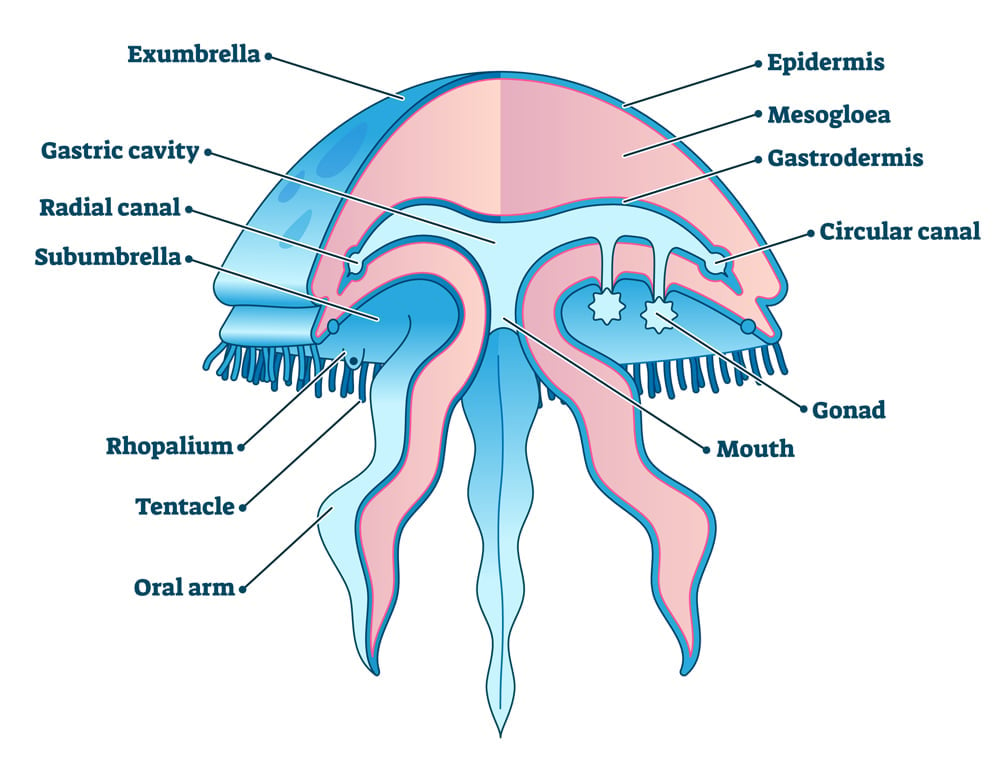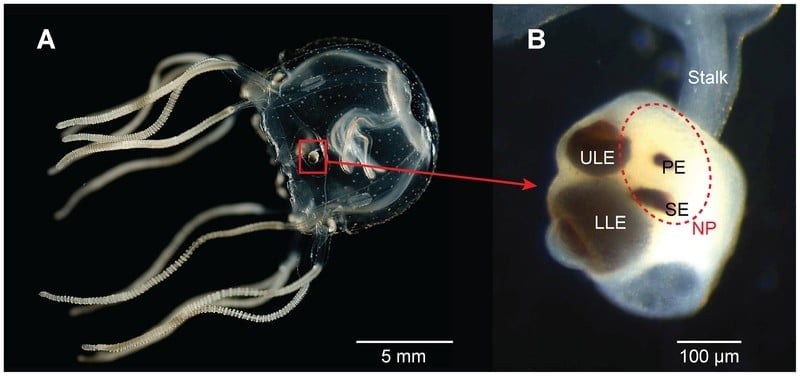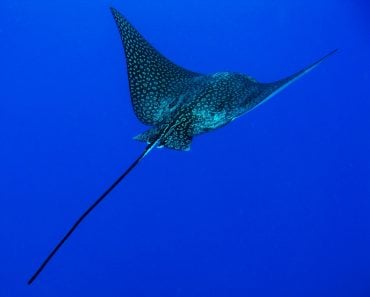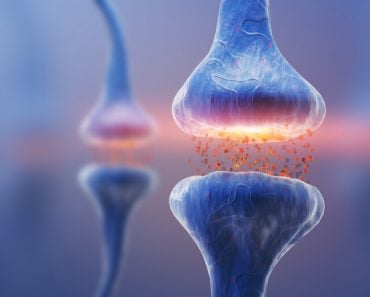Jellyfish do not have brains. They don’t have hearts either, but jellyfish do have a very basic set of nerves at the base of their tentacles. These nerves detect touch, temperature, salinity, etc.
Sentences in statocysts are weird.
There is no shortage of strange animals on Earth, and it should come as no surprise that the vast majority of these bizarre earthlings are found underwater, given how much of the deep blue remains unexplored. This article, however, is about one particular water-dwelling creature—the Jellyfish—and its essential organs, or lack thereof.
Recommended Video for you:
What Is A Jellyfish?
Contrary to its name, a jellyfish is not actually a fish. These animals are a kind of zooplankton, which translates from Greek to mean animal (zoon) wanderer (planktos). Zooplankton (and the photosynthetic phytoplankton) are a diverse group of organisms that float in water and are mostly microscopic, but some are as large as our jellyfish.
Jellyfish belong to the same phylum as sea anemones and corals. These organisms on the more ancient branches of the evolutionary tree have relatively simple anatomy. In fact, jellyfish consists of about 95% water! A good way to visualize this is that if a jellyfish had washed up on the beach after a while due to evaporation, it would have basically disappeared! This simplicity has allowed their body plan to be relatively simple!
Perhaps most remarkable is that they have no brain, heart, or stomach.

Jellyfish Have No Brain, But They Do Have A Rudimentary Nervous System!
Although jellyfish do not have a brain, they have a very basic set of nerves or a nerve net that spreads radially through the jellyfish. These nerves serve as sensory organs that detect touch, temperature, salinity, etc., and the jellyfish react reflexively to these stimuli. Their neurons are interspersed in the various body layers of the jellyfish.
However, don’t let their lack of a brain fool you into thinking that jellyfish have a simple, uncomplicated nervous system. There’s a rich diversity of nervous systems that could whet the appetite of even the most inquisitive mind. These creatures have sensory organs that recognize light, salinity, gravity, touch, and temperature.

They sense light via light-sensitive cells along the ridge of their bells called rhopalia. Nerves in the rhopalia are aggregates, unlike the diffuse nerves in the rest of the jellyfish. Within the rhopalia are eyespots that detect light.
Statocysts Let The Jellyfish Balance.
Next to the eyespots within the rhopalia is the sensory machinery that enables jellyfish to maintain their balance. Statocysts, the organ of balance, is composed of sand grains within the organ. As the jellyfish moves, the minerals press against sensory neurons on the opposite side of the direction of motion due to inertial resistance. Based on this input, the jellyfish automatically corrects its course through reflexive movements.
The rhopalia are spectacularly visible in typical jellyfish (Scuphozoa), such as the moon jellyfish, and box jellyfish, such as the Tripedalia cystophora.
Some Jellyfish Have Eyes!
Box jellyfish have a remarkable 24 eyes in their 4 rhopalia, 6 in each. The eyes are not identical, and there are four different types. The upper lens eye and the lower lens eye resemble our own eyes and have a cornea, lens, pupil, and retina!
This results in some interesting behaviors. Tripedalia cystophora can look up at the water’s surface to find its favorite habitat, mangrove trees. Some jellyfish are even known to court their mates, such as box jellyfish Carybdea sivickis. In such a situation, the male jellyfish grabs the female with its tentacles and mates with her.

All this is not possible with a simple diffused nerve net. Some jellyfish do have a kind of central nervous system, a nerve ring, and the rhopalial nervous system. This nerve ring runs along with the bell and connects the different rhopalia and sensory neurons.
And although the layout is simple, it still holds many mysteries. For one, scientists still do not know how jellyfish coordinate information between their different rhopalia. We often associate those deliberate behaviors with “brains”, yet the jellyfish do these tasks – mating, seeking shelter, and migrating. How they do, this remains a great mystery.
Jellyfish Circulate Nutrients And Gases Through Diffusion.
Before answering this question, we should understand exactly what a heart does. It essentially pumps blood around the body so that an animal’s cells can draw oxygen and nutrients from the blood and emit soluble waste such as carbon dioxide. However, what is special about the anatomy of jellyfish is the thickness of the outer layer, known as the ectoderm. It is only a few cells thick, so oxygen simply diffuses into the jellyfish body.
Jellyfish also have a very rudimentary digestive system, in which simple nutrients merely diffuse into the rest of the body. None of these oxygen and nutrient diffusion processes, due to the simplicity of the jellyfish anatomy, require a powerful pump like the heart to allow them to penetrate the entire organism.
Nature’s first draft of a nervous system might be simple, but it still works. Considered among the first even to have a nervous system, the cnidarian’s nerve nets reveal the evolutionary origins that led to later, more complicated nervous systems like ours!
Jellyfish are truly fascinating creatures that manage to survive without many of the organs we now consider vital, and their bodies are well suited to survive the conditions of the endless blue, drifting across the vast oceans, displaying their beauty for all to see—at a safe distance!
References (click to expand)
- Katsuki, T., & Greenspan, R. J. (2013, July). Jellyfish nervous systems. Current Biology. Elsevier BV.
- Satterlie, R. A. (2011, April 15). Do jellyfish have central nervous systems?. Journal of Experimental Biology. The Company of Biologists.
- Schwab, I. R. (2003, May 1). Is the brain overrated?. British Journal of Ophthalmology. BMJ.
- Katsuki, T., & Greenspan, R. J. (2013, July). Jellyfish nervous systems. Current Biology. Elsevier BV.












